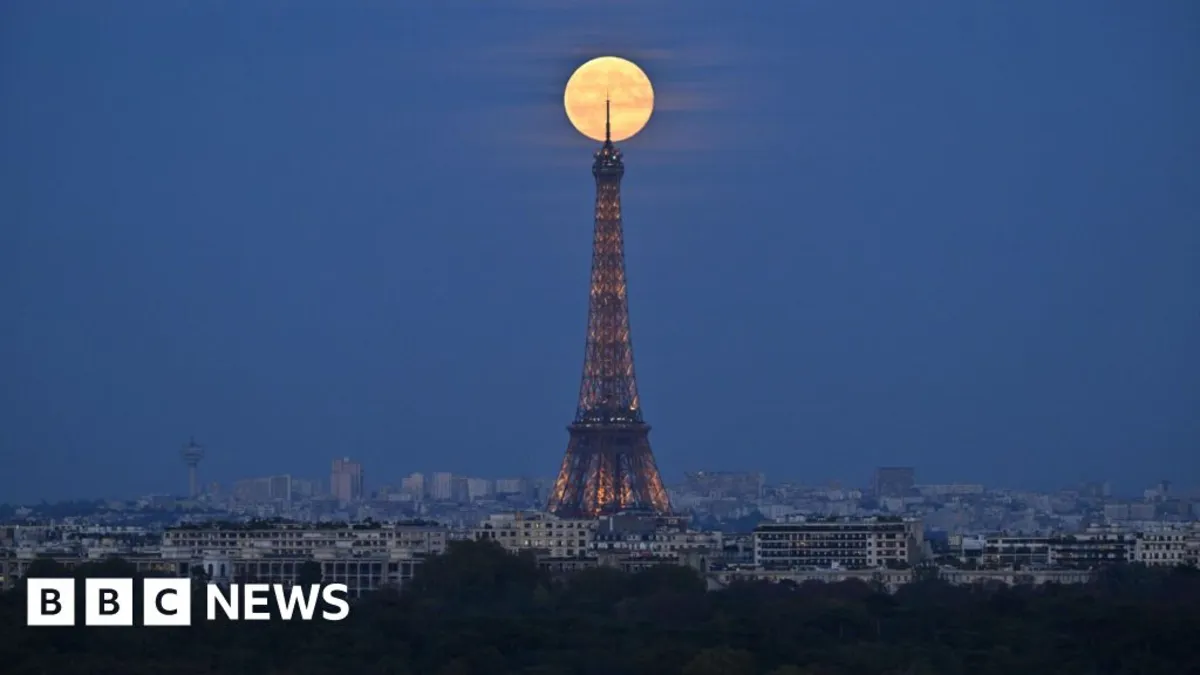
This week, sky-watchers around the world were treated to a breathtaking display as a supermoon illuminated the evening sky, appearing both brighter and larger than usual. This celestial phenomenon captivates audiences globally, drawing attention to the remarkable beauty of our universe.
A supermoon occurs when the moon reaches its perigee—the closest point in its orbit to Earth. This proximity results in a stunning visual effect, making the moon appear significantly larger and more radiant than during its regular phases. The phenomenon is a favorite among astronomy enthusiasts and casual observers alike, often prompting gatherings for moon viewing.
This particular supermoon, occurring in October, is often referred to as the Hunter's Moon. This name is steeped in tradition and history, as it signifies the first full moon of autumn. The term originates from the historical practices of hunters who would prepare for the upcoming winter during this time, taking advantage of the bright moonlight to hunt and preserve meats for the colder months ahead.
With its stunning brightness and size, the Hunter's Moon serves as a reminder of the beauty of our natural world. Observing a supermoon is not only a visual treat but also an opportunity to connect with the cycles of nature. For those interested in astronomy or simply looking to enjoy a peaceful evening under the stars, marking the date of the next supermoon can lead to a memorable experience.
As we look back on this week’s supermoon, we are reminded of the wonder and awe that such celestial events can inspire. Whether you're a seasoned astronomer or a casual observer, the Hunter's Moon offers a beautiful spectacle worth witnessing. Keep an eye on the sky for future supermoons and prepare to be enchanted once again.